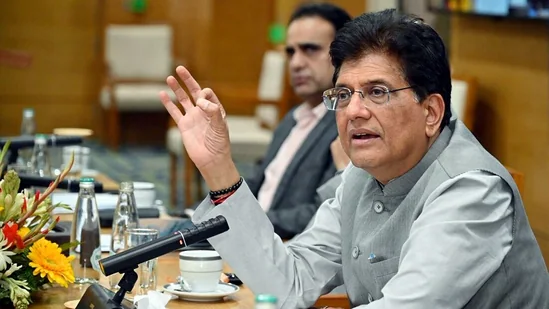CISF Controversy in Rajya Sabha: Parliament Erupts Over Security Row
- MGMMTeam

- Aug 6
- 3 min read
The Monsoon Session of Parliament took a stormy turn on August 5, 2025, as allegations from the opposition sparked uproar in the Rajya Sabha. Senior Congress leader and Leader of the Opposition, Mallikarjun Kharge, accused the government of deploying Central Industrial Security Force (CISF) personnel inside the Upper House—a move he claimed was unprecedented and unconstitutional. His sharp remarks disrupted proceedings and led to adjournments amid shouting matches between government and opposition benches.

Kharge’s Accusation and the Opposition’s Anger
Mallikarjun Kharge’s charge came with an emotional tone and a scathing indictment of the ruling BJP. “Is this House being run by Deputy Chairman Harivansh or by Home Minister Amit Shah?” he asked pointedly. Kharge also claimed that opposition MPs were prevented from entering the well of the House due to the presence of armed CISF personnel, and questioned whether Parliament was turning into a fortress to suppress dissent. “Are we being treated like terrorists?” he asked, raising concerns about the democratic functioning of the legislature.
According to Kharge, this deployment went beyond protocol and amounted to undermining the authority and dignity of the Rajya Sabha. He also reportedly wrote to the Deputy Chairman days before the incident, objecting to the alleged presence of paramilitary forces in the chamber during earlier protests.
Government and Chair Clarify: “No CISF in the Chamber”
The government and Rajya Sabha officials quickly denied the opposition’s charges. Deputy Chairman Harivansh, who was presiding at the time, strongly refuted the claims. He stated that only Parliament Security Service marshals were present in the chamber, not CISF personnel. Parliamentary Affairs Minister Kiren Rijiju echoed this, accusing Kharge of spreading misinformation and attempting to mislead the House and the nation.
Rijiju clarified that while CISF is stationed at Parliament for general security, it does not operate inside the Rajya Sabha chamber. He added that their role remains confined to the periphery and is never extended to interfere with House proceedings. Any deployment within the chamber, he said, remains the sole responsibility of Parliament’s own security staff.
JP Nadda’s Rebuttal: “You Need Tuition in Democracy”
Adding political fire to the debate, Leader of the House and BJP president JP Nadda accused the Congress-led opposition of staging drama and disturbing the decorum of Parliament. In a stinging rebuttal, Nadda said, “This is not a street protest. This is the Parliament of India. If you don’t know how to protest within democratic boundaries, take tuition classes from me—I have 40 years of experience in the opposition.”
He insisted that the allegations were a desperate attempt by the opposition to manufacture a crisis and divert attention from key legislative discussions. Nadda maintained that no violation had taken place, and it was the opposition that needed to introspect on its conduct inside the House.
Clarifications and Continuing Confusion
While the official stance from the Rajya Sabha Secretariat remains firm that CISF did not enter the House chamber, the opposition has continued to raise doubts, citing visual similarities in uniforms and restricted movement near the well. The lack of clear visual evidence from inside the chamber, combined with prior tensions between the opposition and the Chair over disruptions, has contributed to ongoing confusion.
This incident is not the first time security presence in Parliament has come under scrutiny. However, opposition leaders argue that this is the first time in independent India that an armed force linked to the Home Ministry has been perceived to directly interfere in legislative space—albeit unintentionally.
Parliamentary Precedent and the Democratic Fabric
The controversy has opened up a broader debate about the sanctity of India’s parliamentary traditions. Over the years, there has been a clear distinction between external security forces and the internal functioning of Parliament, with civilian marshals ensuring decorum during proceedings. Many legal experts and commentators now worry that even the perception of executive-controlled forces in the legislature could set an unhealthy precedent.
While the facts on the ground remain contested, the political messaging is clear: the opposition views this as another step in what it describes as the government’s increasing authoritarianism, while the ruling alliance sees it as a baseless distraction from governance and debate.
Conclusion: Crisis or Miscommunication?
At the heart of this controversy lies a deeper issue—growing mistrust between the opposition and the government. Whether the alleged deployment was real, misperceived, or exaggerated, it reveals a widening rift over how India’s democracy functions at its highest level.
This episode has become a symbolic flashpoint in an already polarized Parliament. As the Monsoon Session continues, it remains to be seen whether clarity will prevail, or if the incident will further deepen the stalemate that has stalled many critical debates. What’s at stake isn’t just a question of security protocol, but the very spirit of India’s parliamentary democracy.
(Sources: NDTV, India Today, Times of India)




Comments